Wild Animals In Captivity
The law adopted by Congress in 1966 protects so-called warm-blooded animals who are bred for commercial sale used in research transported. Captive wild animals should not be used for entertainment.
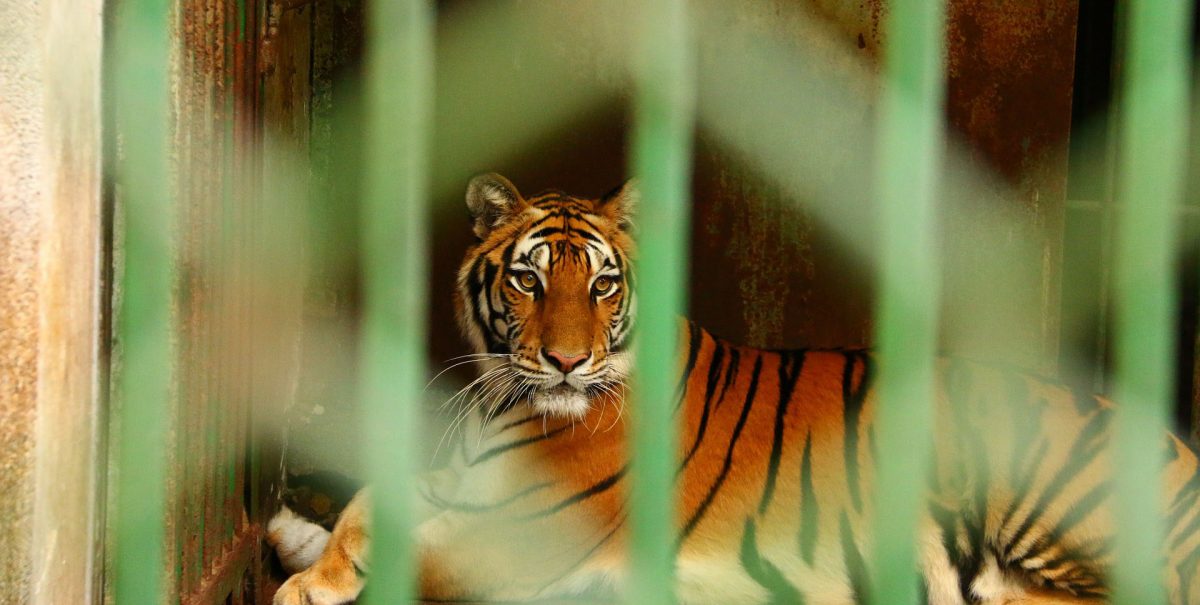 Captive Animals Animal Legal Defense Fund
Captive Animals Animal Legal Defense Fund
Zoos are also unable to create exact replicas of the natural environment.

Wild animals in captivity. While zoos and aquariums can significantly contribute to the protection of animals and their habitats poor animal welfare is linked to poor conservation and education. It is not humane to keep large mammals like orcas dolphins or elephants in zoos or theme parks. Search our interactive database of attacks on humans attacks on other animals and escapes by exotic animals in the US.
The stress response consists of th. Zoos study animal breeding and thanks to them many wild animals in captivity can reproduce. Wild animals have complex needs that are difficult to meet so in captivity their welfare can be drastically impaired.
These are highly intelligent animals with complex social constructs that scientists have studied for decades and still have yet to fully understand. Wild Animals in Captivity book. While the physical needs of animals are met in captivity the conditions of confinement and exposure to humans can result in physiological stress.
Wild Animals in Captivity covers some of the mistaken notions concerning the conditions of animals in captivity most of which are the result of an anthropomorphic approach to the subject. Wild Animals in Captivity is a very insightful book encouraging older children perhaps pre-teens to learn about and consider the circumstances of the captive wildlife that westerners see in zoos aquariums circuses and roadside attractions. This book is composed of 12 chapters and starts with an overview.
Some populations in the wild are weakened by endogamy too. Wild animals are kept for a variety of reasons and in a range of environments including zoos circuses other performing environments and as. Unrestrained commercial exploitation of the wild world results in endangering the wellbeing of individuals but also the survival of entire species and the loss of biodiversity.
Whales and Dolphins in Captivity. The Animal Welfare Act or AWA is the primary piece of federal legislation regulating captive wild animals. This book is composed of 12 chapters and starts with an overview of the historical development of zoological gardens.
Zoos and circuses are among those who fall under this act. The AWA only applies to some captive wild animals. Contrary to commonly held views no gorilla polar bear rhino elephant tiger panda or chimpanzee born at a zoo will ever be released to the wild.
This is particularly important in the case of endangered species. In other jurisdictions the development of a regime is underway. An Examination of Legal Requirements in Canada and Around the World INTRODUCTION Many jurisdictions in the world have comprehensive established regulatory regimes in place which address the basic issues that arise when wild animals are kept in captivity.
The Animal Welfare Act. Wild orcas live for up to 100 years but live for less than 30 years when kept in captivity. Wild Animals in Captivity covers some of the mistaken notions concerning the conditions of animals in captivity most of which are the result of an anthropomorphic approach to the.
Here are a few ideas on how you can ensure you have a positive impact when visiting a zoo and as a tourist. Wild Animals in Captivity covers some of the mistaken notions concerning the conditions of animals in captivity most of which are the result of an anthropomorphic approach to the subject. Change For Animals Foundation maintains that the keeping of wildlife in captivity for the purposes of entertainment is not ethically justifiable and is committed to raising awareness of the plight of these animals whilst lobbying for the strengthening of laws to safeguard the welfare of wildlife in captivity.
Read 6 reviews from the worlds largest community for readers. This situation is dangerous for animals and humans alike. Wild animals are brought into captivity for.
In captivity wild animals are not able to perform their natural behaviors and many lash out in frustration from psychological and physical deprivation. Anyone keeping an animal in captivity in England and Wales has a legal obligation to meet that animals needs under the Animal Welfare Act. As young leaders What Can YOU Do for Wild Animals In Captivity.
For example it is impossible to replicate the natural environment for elephants which are. In fact some wild animals have been poached from the wild en masse for a lifetime of captivity in zoos to. Wild animals are brought into captivity for many reasons-conservation research agriculture and the exotic pet trade.
Due to the low density of the population of some animals in their natural ecosystems they struggle to find partners.
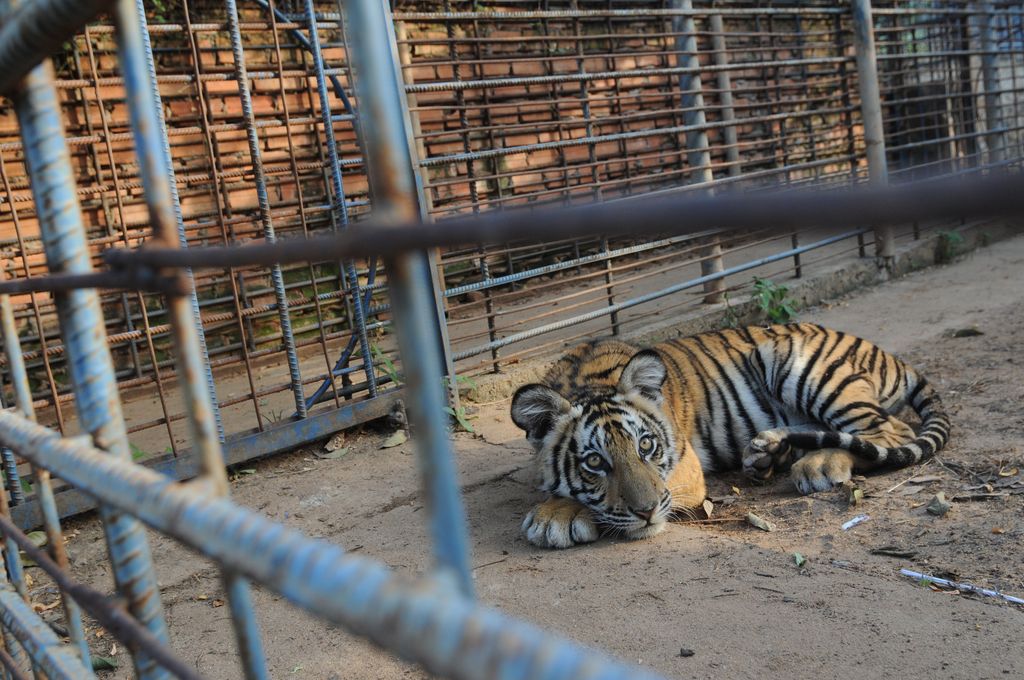 Zoos Cause Animals Far More Harm Than Good
Zoos Cause Animals Far More Harm Than Good
%201600.jpg) Wild Animals And The Captivity Issue
Wild Animals And The Captivity Issue
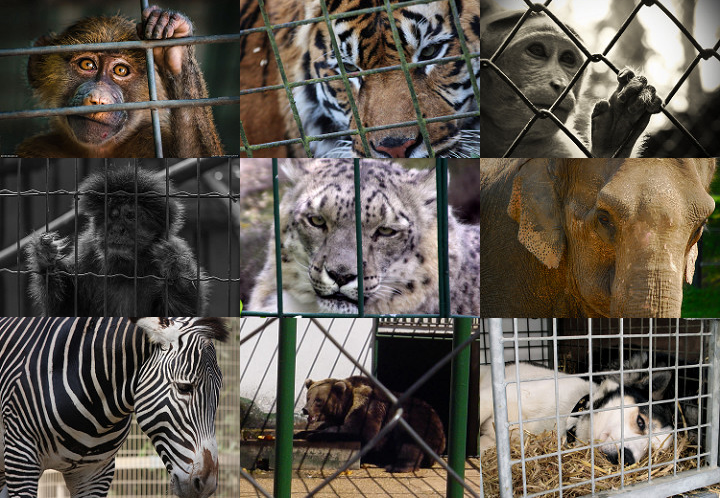 Should Wild Animals Be Used For Entertainment At Circus Or Zoos By Princess Medium
Should Wild Animals Be Used For Entertainment At Circus Or Zoos By Princess Medium
 Wild Animals In Captivity Laidlaw Rob 9781554553884 Amazon Com Books
Wild Animals In Captivity Laidlaw Rob 9781554553884 Amazon Com Books
 Helping Captive Wild Animals The Humane Society Of The United States
Helping Captive Wild Animals The Humane Society Of The United States
Wild Animals In Captivity Zoos Circuses Performing Animals
Can Captive Animals Ever Truly Return To The Wild Bbc Earth Bbc Earth
 Captive Animals Animal Legal Defense Fund
Captive Animals Animal Legal Defense Fund
 Keeping Wild Animals In Captivity Is Not Conservation Here S Why World Animal Protection
Keeping Wild Animals In Captivity Is Not Conservation Here S Why World Animal Protection
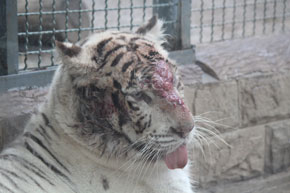 Facts About Captive Wildlife In Asia
Facts About Captive Wildlife In Asia
 Forest Wild Animal Best Blog Against Keeping Wild Animals In Captivity
Forest Wild Animal Best Blog Against Keeping Wild Animals In Captivity
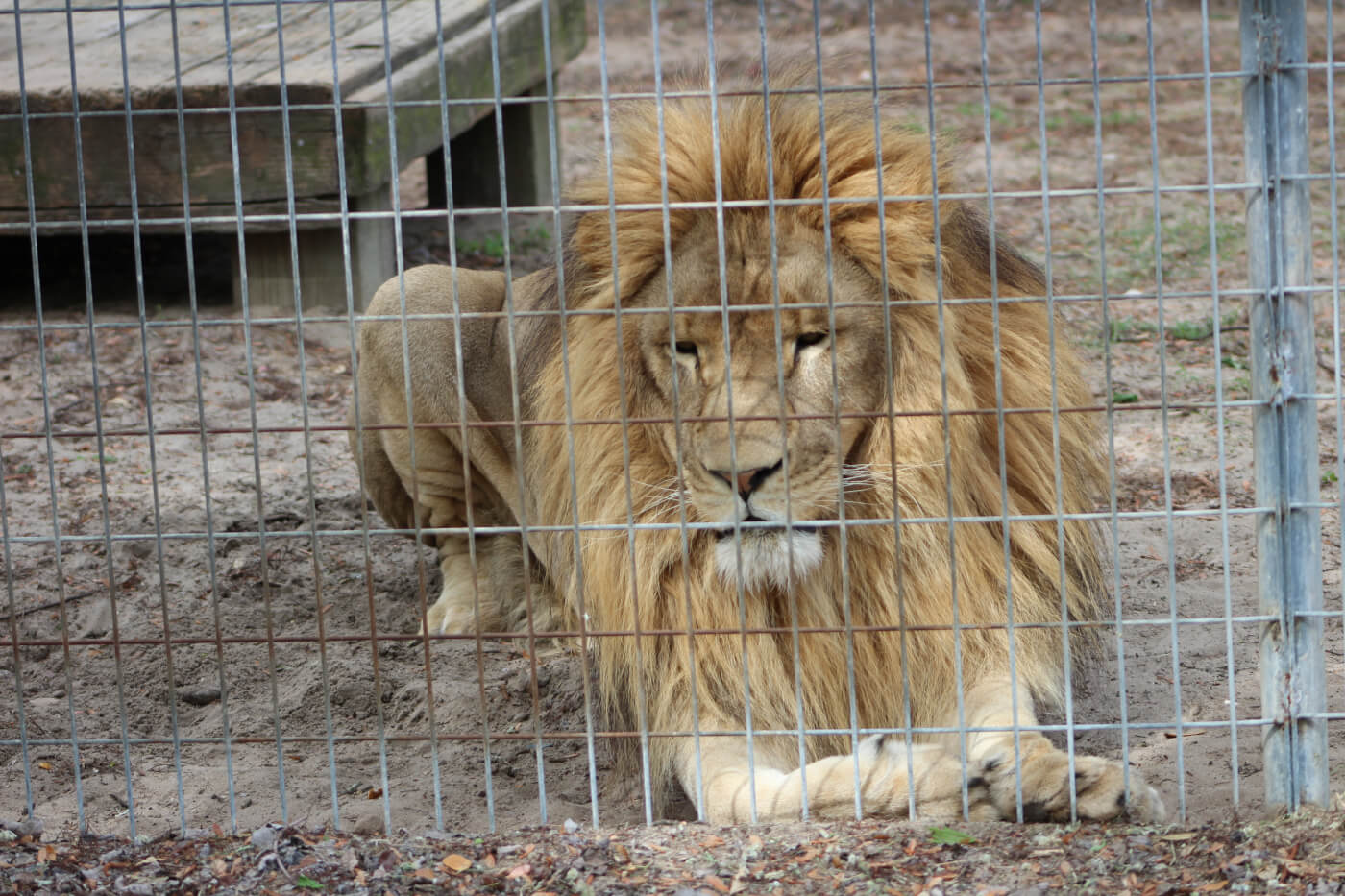 Pros And Cons Of Keeping Wild Animals In Captivity Are You Looking For Cages Crates And Carriers To Transport Your Pets
Pros And Cons Of Keeping Wild Animals In Captivity Are You Looking For Cages Crates And Carriers To Transport Your Pets
 Wild Animals In Captivity By Rob Laidlaw
Wild Animals In Captivity By Rob Laidlaw
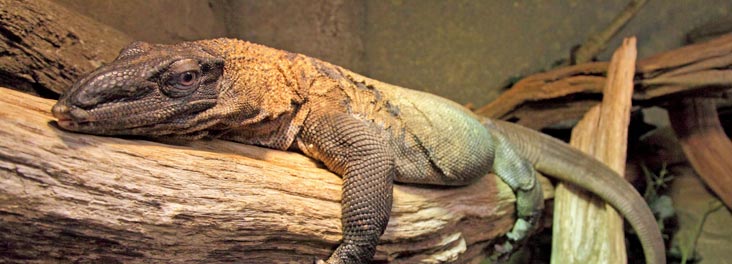 Wild Animals In Captivity Zoos Circuses Performing Animals
Wild Animals In Captivity Zoos Circuses Performing Animals
Comments
Post a Comment